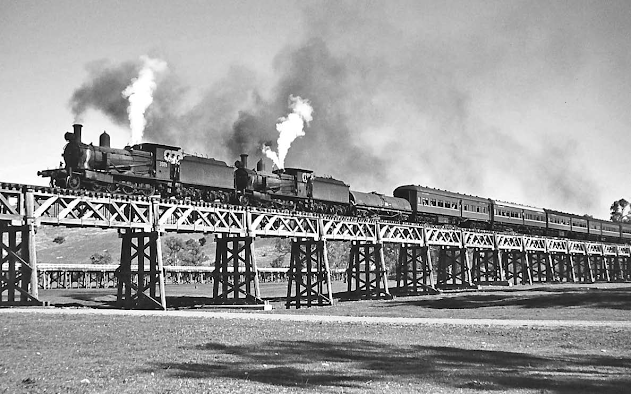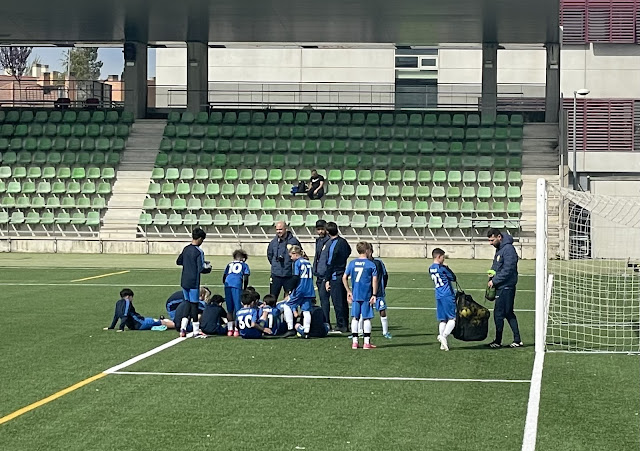20150806 WA Dongara, Jurien Bay, Pinnacles
20150806 Dongara is located on the mouth of the Irwin River and the area has been marked as the “Rock Lobster of the capital of Australia since opening in 1988.
07-08-2015 We woke to thick clouds rolling in and concerned about getting bogged we left for a firmer surface to wait it out. After the storm we headed to a camp spot called Knobby Head North where once again we monopolised the beach front. We walked the beach and checked out the fishermen’s huts scatted along the beach which all seamed deserted but one cannot be sure.
08-08-2015 The weather has turned to crap once again which really puts a damper on site seeing and there is certainly no free camping so we left after a quick walk and just in time before the rain poured down.
09-08-2015 On our way to check out
the Pinnacles within Nambung National Park, rising mysteriously from the dune sands
are thousands of limestone pillars up to 4m tall.
The large Rock Lobster stands at the entrance to the town.
This Flour Mill was Built in 1894 the mill was the most up to date in Western Australia, the flour was ground by a steam-driven wheat grinder. The mill closed in 1935.
We camped at Cliff Head practically on the Beach and we had the best view. That night we had drinks with a fellow camper who was hopeless at lighting fires but I had it blazing in no time, he kept on chocking it, leave it to a woman to get it going.
07-08-2015 We woke to thick clouds rolling in and concerned about getting bogged we left for a firmer surface to wait it out. After the storm we headed to a camp spot called Knobby Head North where once again we monopolised the beach front. We walked the beach and checked out the fishermen’s huts scatted along the beach which all seamed deserted but one cannot be sure.
08-08-2015 The weather has turned to crap once again which really puts a damper on site seeing and there is certainly no free camping so we left after a quick walk and just in time before the rain poured down.
The 162 metre jetty cost $2.236 million and serves as a popular fishing spot and going by the black stains on the jetty squid seems to be plentiful.
Jurien Bay is very pretty and if it wasn’t for the rain and wind we might have stayed.
A manmade reef and dive trail was built using these concrete reef balls that foster the natural development of coral and is home to marine life.
Des tries out the exercise equipment but has no idea how to use them, hopeless ha!ha!.
It’s so windy as we head to Cervantes
a small town named after a ship that was wrecked nearby and the ship in turn
was named after Miguel de Cervantes. We settled
down on the road in an industrial area trying to hide from the wind but ended
up moving in front of a hardware store that had just closed for the weekend and
blocked the wind.
The Pinnicales came from
seashells in the earlier era that was rich raw marine life. The shells were broken down into lime-rich
sands that were blown inland to form high mobile dunes.
 However, the
manner in which such raw material formed the Pinnacles is the subject of
debate, which I am not going to bore you with.
However, the
manner in which such raw material formed the Pinnacles is the subject of
debate, which I am not going to bore you with.

 Then I found some more unusually shapes so I just had to set the scene in and amongst the
Pinnacles.
Then I found some more unusually shapes so I just had to set the scene in and amongst the
Pinnacles.
The Bobtail Skink, a short tailed, slow moving species of the blue-tongued skink, it’s heavily armoured body can be found in various colours ranging from dark brown to cream. It has a short stumpy tail that resembles its head and may confuse predators. The tail contains fat reserves, which are drawn upon during hibernation in winter.
 However, the
manner in which such raw material formed the Pinnacles is the subject of
debate, which I am not going to bore you with.
However, the
manner in which such raw material formed the Pinnacles is the subject of
debate, which I am not going to bore you with.
Well! I had to get in the act to, take a pic of your love one Des.

 Then I found some more unusually shapes so I just had to set the scene in and amongst the
Pinnacles.
Then I found some more unusually shapes so I just had to set the scene in and amongst the
Pinnacles.The Bobtail Skink, a short tailed, slow moving species of the blue-tongued skink, it’s heavily armoured body can be found in various colours ranging from dark brown to cream. It has a short stumpy tail that resembles its head and may confuse predators. The tail contains fat reserves, which are drawn upon during hibernation in winter.
Heading
towards New Norcia when we spotter the Wind Farm so this was a good opportunity to
stop for some lunch and check it out. The
Emu Downs Wind Farm was a 180 million dollar project consisting of 48 wind
turbines and it provides electricity to run the Kwinana Desalination plant near
Perth.
The end of yet another chapter.















Comments
Post a Comment